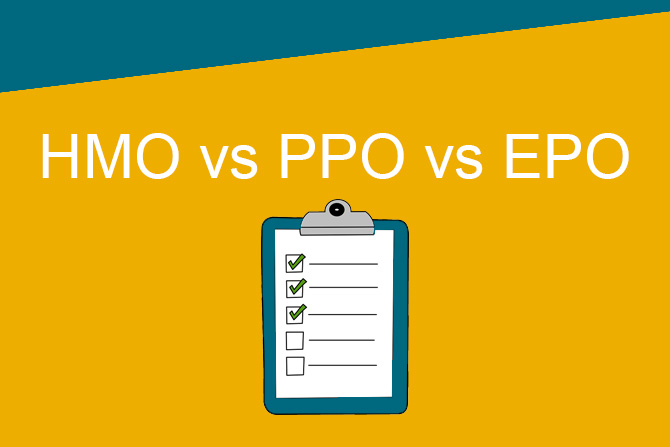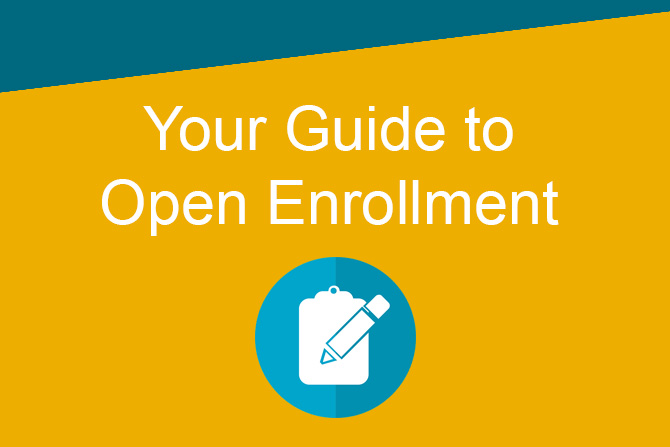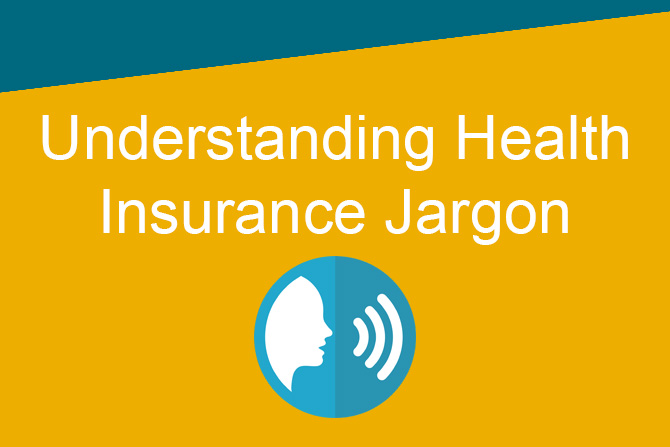HMO, PPO, or EPO… I Just Don’t Know
October 04, 2017

There are several different types of health insurance plans, but two of the most common are Health Maintenance Organization (HMO) and a Preferred Provider Organization (PPO) plans. Additionally, there are also Exclusive Provider Organization (EPO) plans. Basically the difference between HMO and PPO plans boils down to the size of the plan network, ability to see specialists, plan costs, and coverage for out-of-network services. An EPO plan is a model that takes the flexibility of a PPO with some of the cost-savings of an HMO. We’re going to get into some details on each of these, but let’s explain these in an over simplified manner first.
You need to buy groceries… yes, stay with us here, we are still talking about health insurance but one of our bloggers thought this was a great idea, so we let him run with it. So as we were saying, you need to buy groceries so you have a few options.
Option 1 – Only Costco
Sometimes you don’t like to go from store to store for your stuff. You still want good quality, but you don’t need a specific brand name. But the catch is you can only go to Costco, and nowhere else. The prices are good, but you can’t find every item you need… like those specialty seasonings for that one recipe that you saw on Buzz Feed last month. But that’s okay. Oh, and you can only go to Costco twice a month. This is your HMO grocery plan.
Option 2 – Any Store Any Time
You have an infinite number of grocery stores near you, so you buy bread from Vons, milk and eggs from Ralphs, and so on. You are focused on getting specific brand names of each product, so you go to whatever store you want to get exactly what you want to buy. You might have to pay more for some of the items because they are only at a specialty store (that’s your out-of-network cost), but you can go wherever you want. This is your PPO grocery plan.
Option 3 – Some Stores
There are a lot of grocery stores in your area, in fact there are five of them all within a few minutes of your home, but there is no reason that you need to go to all of them. When it comes down to it, you want to just go to three of them since they always have what you need. One of them even carries most of the ingredients for all those Tasty videos your neighbor posts on Facebook. So, you are only allowed to go to those three stores, but you have more selections then just what Costco carries. This is your EPO grocery plan.
Does that help a little? Okay, we hope so. But now let’s get into some of the real details on the different types of health insurance plans.
HMO Health Insurance Plans
An HMO gives you access to certain doctors and hospitals within a specific network. In an HMO the network is made up of providers that have agreed to lower their rates for plan members, and provide specific services to all of those members at certain quality levels.
Also, within an HMO you are only covered by your insurance if you see a provider that is within your HMO network. While there are exceptions where you can see a provider outside of your network, most of these exceptions require that you get approval from your HMO provider first.
Additionally, there are more restrictions for coverage in an HMO, such as limiting the number of visits to a physician, types and frequency of tests, and so on.
As a result of the defined network (which helps to control costs), as well as the limits on coverage, premiums are generally lower for HMO plans, and there is usually a low or even no deductible.
PPO Health Insurance Plans
PPO plans provide more flexibility when picking a doctor or hospital. They also feature a network of providers, but there are fewer restrictions on seeing non-network providers. In addition, your PPO insurance will pay if you see a non-network provider, although it may be at a lower rate.
Here are some key features:
- You can see the doctor or specialist you’d like without having to see a primary care physician first.
- You can see a doctor or go to a hospital outside the network and you may be covered. However, your benefits will be better if you stay in the PPO network.
- Premiums tend to be higher, and it’s common for there to be a deductible.
EPO Health Insurance Plan
EPO plans combine the flexibility of PPO plans with the cost-savings of HMO plans. You won't need to choose a primary care physician, and you don't need referrals to see a specialist. But you'll have a limited network of doctors and hospitals to choose from. And EPO plans don't cover care outside your network unless it's an emergency.
It's important to know who participates in your EPO plan's network. If you go to a doctor, hospital, or lab that doesn't accept your plan, you'll pay all costs.
Comparing HMO, PPO, and EPO Plans
Plan designs for these three options may vary, but generally break down to the following differences.
- Whether or not you’re required to have a primary care physician (PCP)
- Whether or not you’re required to have a referral to see a specialist
- Whether or not you must have health care services pre-authorized
- Whether or not the health plan will pay for the care you get outside of the defined provider network
- How much cost-sharing you’re responsible for paying when you use your health insurance
- Whether or not you have to file insurance claims and do paperwork
Here is a chart that provides a general comparison of these differences between these three plans.
| HMO | PPO | EPO | |
| Requires PCP | Yes | No | No |
| Referrals Needed for Specialists | Yes | No | No |
| Requires Pre-Authorization | Typically No | Yes | Yes |
| Pays for Out-of-Network Care | No | Yes | No |
| Cost Sharing | Lower | Higher, Epsecially Out-of-Network | Lower |
| Need to File Your Own Claim Paperwork | No | Out-of-Network Claims Only | No |
If you have a choice between these types of plans, consider your medical needs, availability of HMOs in your area and income. If you’re looking at an HMO, take a close look at the network to determine if the choices of doctors and medical facilities are enough to meet your needs. A PPO gives you more freedom, including the potential to be covered for medical bills outside the network, but your costs may be higher. And, with EPOs, while there may be flexibility the network is very specific, so you need to make sure that you have access to the types of care and facilities you need.







